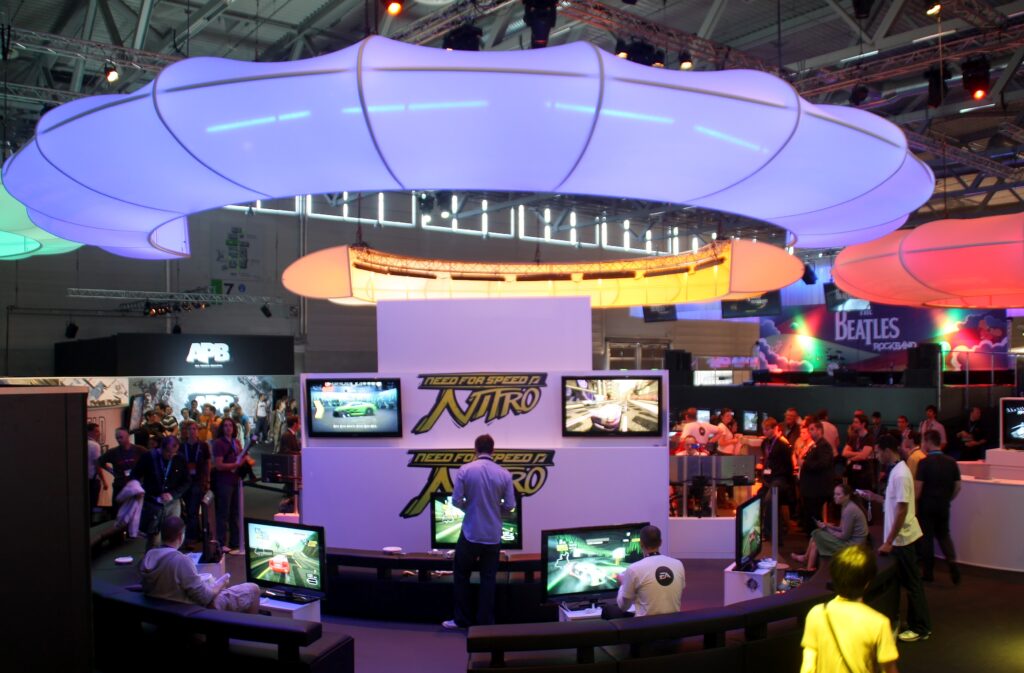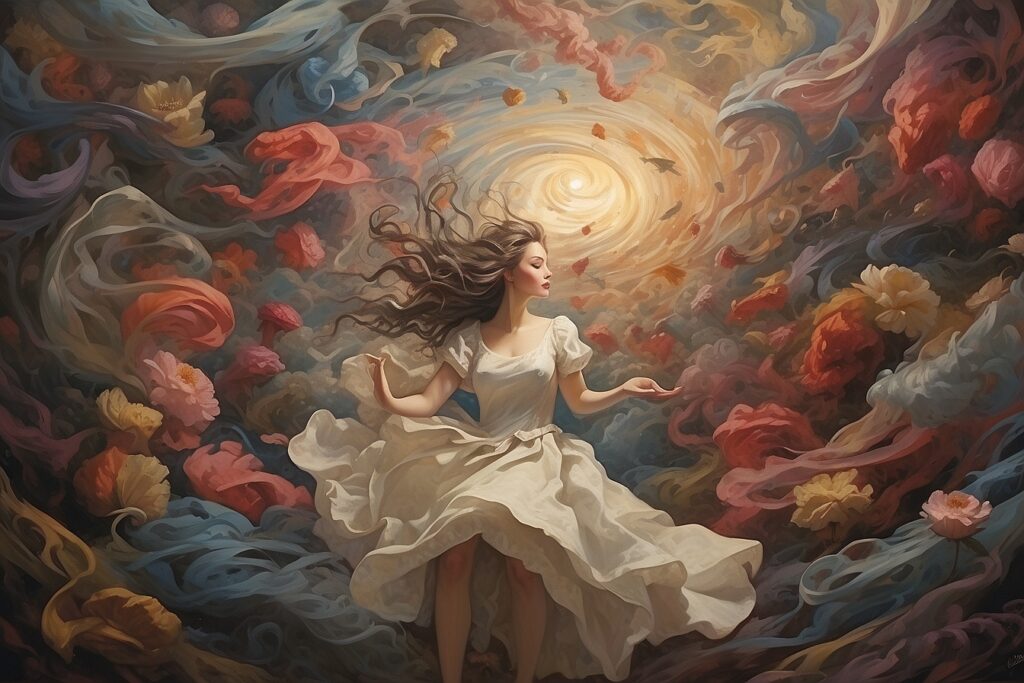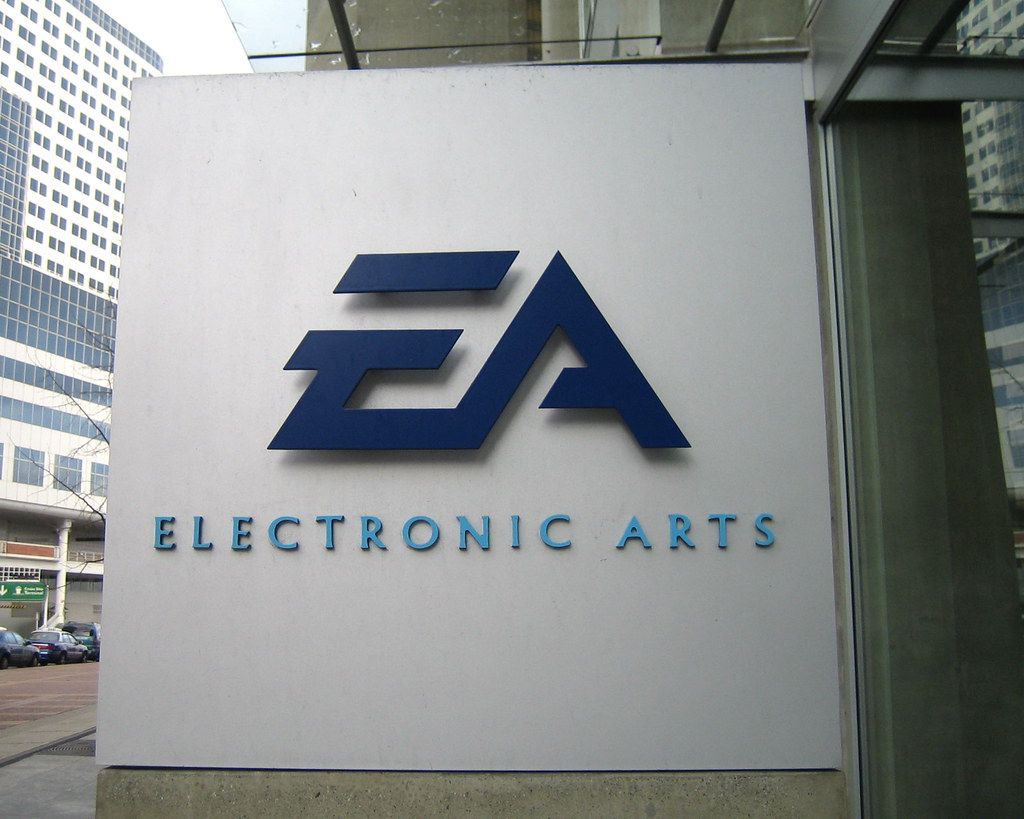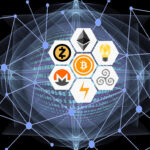Electronic arts encompass a vast and dynamic realm where creativity knows no bounds. In today’s digital age, the fusion of technology and imagination has given rise to an array of captivating experiences, from immersive video games to mesmerizing digital art. Let’s embark on a journey to explore the wonders of electronic arts and discover how they can unleash our imagination and transform our lives.

Table of Contents
Understanding Electronic Arts (E A)
Understanding E A requires an exploration of its multifaceted nature and the ways in which it intersects with technology, creativity, and contemporary culture. At its core, E A encompasses a diverse range of artistic practices that leverage digital technology as a medium for expression. This includes digital painting, computer-generated imagery (CGI), interactive installations, virtual reality (VR), and much more.
One of the defining features of E A is its ability to transcend traditional artistic boundaries. By harnessing the power of digital tools and technologies, artists can push the limits of their creativity and explore new forms of expression that were previously impossible or impractical. This opens up a world of possibilities, allowing artists to create immersive experiences, interactive artworks, and dynamic multimedia presentations.
Moreover, Electronic Arts often engages with contemporary issues and themes, reflecting the ever-evolving relationship between humans and technology. Artists working in this medium may explore topics such as the impact of digital technology on society, the blurring of virtual and physical realities, or the intersection of art and science. Through their work, they provoke thought, inspire dialogue, and challenge viewers to reconsider their perceptions of the world around them.
Another key aspect of Electronic Arts is its accessibility and democratizing influence. Unlike traditional art forms that may require specialized skills or expensive materials, electronic art can often be created using widely available digital tools and software. This democratization of the artistic process has led to a proliferation of electronic artworks across various platforms, from social media to online galleries, making art more accessible to a global audience.
The Evolution of Electronic Arts
The evolution of Electronic Arts traces a captivating journey marked by technological advancements, artistic innovation, and cultural transformation. Originating from the emergence of digital technology in the latter half of the 20th century, E A has continually evolved alongside the rapid progression of computing power and digital tools.
The early stages of this evolution saw the utilization of computers for basic graphic design and manipulation, paving the way for the exploration of digital art forms. Artists began experimenting with computer-generated imagery (CGI), creating intricate visual compositions and animations that pushed the boundaries of traditional artistic techniques.
As computing technology became more sophisticated, so too did the capabilities of E A. The advent of powerful software programs and digital tools enabled artists to create immersive virtual environments, interactive installations, and multimedia experiences that transcended the limitations of physical media.
The rise of the internet further accelerated the evolution of E A, providing artists with new platforms for distribution, collaboration, and experimentation. Online communities and digital galleries emerged, allowing artists to share their work with a global audience and engage in dialogue with peers from diverse backgrounds.
In recent years, advancements in virtual reality (VR) and augmented reality (AR) have propelled Electronic Arts into new realms of possibility. Artists now have the ability to create fully immersive experiences that blur the lines between the virtual and physical worlds, challenging viewers to reconsider their perceptions of reality.
Furthermore, the democratization of technology has played a pivotal role in the evolution of Electronic Arts, making it more accessible to a wider range of artists and enthusiasts. With the proliferation of affordable digital tools and open-source software, individuals from diverse backgrounds can now participate in the creation and appreciation of electronic art.
Looking ahead, the evolution of Electronic Arts shows no signs of slowing down. As technology continues to advance and societal norms shift, artists will undoubtedly find new ways to harness the power of digital technology to express themselves and explore the complexities of the human experience. From immersive virtual reality experiences to interactive multimedia installations, the future of Electronic Arts promises to be as dynamic and captivating as its past.
Exploring Different Forms of Electronic Arts (E A)
Exploring different forms of Electronic Arts reveals a diverse and dynamic landscape that spans across various mediums, techniques, and concepts. From digital painting to interactive installations, Electronic Arts encompass a wide range of artistic practices that leverage digital technology for creative expression.
One prominent form of Electronic Arts is digital painting, where artists use digital tools and software to create visual artworks directly on a computer or tablet. This medium offers a level of flexibility and versatility that traditional painting cannot match, allowing artists to experiment with different brushes, textures, and colors with ease.
Computer-generated imagery (CGI) is another form of Electronic Arts that involves the use of 3D modeling software to create realistic or fantastical images and animations. Characters, settings, and special effects are frequently brought to life in movies, television shows, and video games through computer-generated imagery (CGI). However, artists also use CGI to create standalone artworks and visualizations.
Interactive installations represent a unique form of Electronic Arts that engages viewers in participatory experiences. These installations often incorporate sensors, cameras, and other interactive elements to respond to the movements and actions of the audience, blurring the lines between art and audience engagement.
Virtual reality (VR) and augmented reality (AR) are rapidly emerging forms of Electronic Arts that immerse viewers in digital worlds or overlay digital content onto the physical environment. VR allows users to experience fully immersive environments through headsets and motion-tracking technology, while AR enhances the real world with digital overlays and interactive elements through smartphones or specialized glasses.
Additionally, Electronic Arts encompass multimedia presentations, video art, generative art, net art, and much more. Each form offers its own unique possibilities for artistic exploration, experimentation, and expression, pushing the boundaries of traditional art forms and challenging viewers to engage with art in new and innovative ways.
Ultimately, exploring different forms of E A invites us to rethink our perceptions of art, technology, and creativity. By embracing digital tools and techniques, artists can create immersive experiences, interactive narratives, and dynamic artworks that captivate and inspire audiences around the world.

The Impact of Electronic Arts on Society
The impact of E A on society is profound and multifaceted, influencing various aspects of culture, technology, and human interaction. At its core, E A challenge traditional notions of art and creativity by leveraging digital technology to create immersive and interactive experiences that engage audiences in new ways.
One significant impact of E A is the democratization of artistic expression. With the accessibility of digital tools and platforms, individuals from diverse backgrounds can now create and share their artwork with a global audience. This democratization has empowered marginalized voices and fostered greater diversity and inclusivity within the art community.
Moreover, E A have reshaped the way we consume and interact with art. Digital galleries, online exhibitions, and virtual reality experiences have made art more accessible to people around the world, breaking down geographical barriers and enabling greater participation in cultural exchange.
Electronic Arts also intersect with technology and innovation, driving advancements in fields such as virtual reality, computer graphics, and interactive design. Artists working in E A often collaborate with engineers, programmers, and scientists to push the boundaries of what is possible, leading to breakthroughs in technology and new avenues for artistic exploration.
Furthermore, E A have the potential to spark dialogue and reflection on contemporary issues. Many artists use their work to address social, political, and environmental concerns, prompting viewers to think critically about the world around them and inspiring action for positive change.
However, the impact of E A is not without challenges. Questions of copyright, intellectual property, and digital ownership are hotly debated topics in the digital art community. Additionally, concerns about digital privacy, surveillance, and the commodification of art raise ethical considerations that must be addressed as E A continue to evolve.
Unleashing Creativity Through Electronic Arts
One of the most remarkable aspects of E A is their ability to democratize creativity and empower individuals to express themselves in new and meaningful ways. With the proliferation of accessible tools and platforms, aspiring artists and creators can bring their visions to life with unprecedented ease and flexibility. Whether designing a virtual world, composing a digital masterpiece, or crafting an interactive narrative, electronic arts provide a canvas for boundless imagination and innovation.

Overcoming Challenges in Electronic Arts
Despite their transformative potential, E A face various challenges and obstacles on their path to widespread adoption and acceptance. Copyright issues, such as intellectual property infringement and digital piracy, pose significant concerns for creators and rights holders. Moreover, technological barriers, such as hardware limitations and compatibility issues, can hinder the development and distribution of E A. Additionally, ethical considerations, such as the depiction of sensitive content and the impact of immersive experiences on mental health, require careful attention and deliberation.
Tools and Technologies for Electronic Arts
Advancements in software development and hardware technology have paved the way for groundbreaking innovations in E A. A plethora of software platforms, ranging from industry-standard tools like Adobe Creative Suite to open-source alternatives like Blender, provide artists and developers with powerful resources for creating and editing digital content. Furthermore, hardware devices such as graphics tablets, motion controllers, and virtual reality headsets offer immersive and intuitive interfaces for interacting with E A. Looking ahead, emerging technologies such as artificial intelligence and blockchain hold the potential to revolutionize the creation, distribution, and consumption of E A in unprecedented ways.
Electronic Arts in Education
In the realm of education, E A offer unique opportunities for enhancing teaching and learning experiences. By integrating electronic arts into the curriculum, educators can engage students in dynamic and interactive lessons that stimulate creativity, critical thinking, and problem-solving skills. Moreover, electronic arts provide a valuable medium for interdisciplinary exploration, bridging the gap between STEM (science, technology, engineering, and mathematics) and the arts. Whether through educational games, digital storytelling projects, or virtual field trips, E A empower students to explore complex concepts and express their ideas in innovative ways.
The Future of Electronic Arts
As technology continues to evolve at a rapid pace, the future of electronic arts holds boundless possibilities for exploration and innovation. Advancements in artificial intelligence, augmented reality, and mixed reality are poised to revolutionize the way we create, consume, and interact with digital content. Moreover, the rise of decentralized platforms and blockchain technology has the potential to democratize access to E A and redefine the relationship between creators and audiences. By harnessing the power of emerging technologies and fostering collaboration across disciplines, the future of E A promises to be as diverse and dynamic as the imagination itself.
Embracing Electronic Arts in Daily Life
Incorporating E A into our daily lives can enrich our experiences and broaden our perspectives in myriad ways. Whether exploring virtual worlds in a video game, admiring digital artworks in an online gallery, or immersing ourselves in a virtual reality experience, electronic arts offer a gateway to new realms of creativity and exploration. By embracing electronic arts as a source of inspiration and entertainment, we can tap into our innate curiosity and imagination, fostering a deeper appreciation for the transformative power of digital technology.
Case Studies: Success Stories in Electronic Arts
Numerous success stories illustrate the profound impact of electronic arts on creators, audiences, and society as a whole. From independent game developers achieving critical acclaim and commercial success to digital artists pushing the boundaries of traditional art forms, these case studies highlight the diverse and far-reaching influence of electronic arts. Moreover, the growing popularity of online communities and collaborative platforms has facilitated unprecedented opportunities for creators to connect, share, and collaborate on projects spanning multiple disciplines and mediums.
Community and Collaboration in Electronic Arts
At the heart of E A lies a vibrant and diverse community of artists, developers, enthusiasts, and innovators. Online forums, social media platforms, and digital marketplaces serve as hubs for creativity and collaboration, fostering connections and partnerships across geographical boundaries and cultural barriers. Whether collaborating on a collaborative art project, sharing feedback and resources, or organizing events and exhibitions, the E A community thrives on a spirit of openness, inclusivity, and mutual support.
Ethical Considerations in Electronic Arts
As electronic arts continue to evolve and proliferate, it is essential to consider the ethical implications of their creation, distribution, and consumption. Representation and diversity are paramount concerns, as the portrayal of individuals and communities in E A can shape perceptions and reinforce stereotypes. Moreover, responsible consumption practices, such as mindful gaming habits and critical media literacy skills, are essential for mitigating the potential negative effects of E A on mental health and well-being. By embracing principles of inclusivity, integrity, and social responsibility, creators and consumers alike can ensure that E A serve as a force for positive change and cultural enrichment.
The Role of Electronic Arts in Mental Health
In recent years, there has been growing recognition of the therapeutic potential of E A in promoting mental health and well-being. From immersive virtual reality experiences to interactive mindfulness apps, E A, offer innovative tools and interventions for managing stress, anxiety, and other mental health conditions. By providing immersive and engaging experiences that encourage relaxation, self-expression, and emotional expression, E A, have the power to transform the way we approach mental health care and support.
Conclusion: Embracing the Boundless Potential of Electronic Arts
In conclusion, E A represent a captivating fusion of creativity, technology, and imagination that holds the power to transform our lives in profound ways. From immersive gaming experiences to interactive digital art installations, electronic arts offer endless opportunities for exploration, expression, and engagement. By embracing the boundless potential of E A and harnessing the power of digital technology, we can unleash our imagination, broaden our horizons, and create a brighter future for generations to come.
FAQs (Frequently Asked Questions)
- What is electronic art?
- E A encompasses a wide range of creative endeavors that utilize digital technology as a medium of expression, including video games, digital art, and virtual reality experiences.
- How has electronic art evolved over time?
- E A has evolved rapidly alongside advancements in technology, from early experiments with digital graphics to sophisticated interactive experiences powered by artificial intelligence and virtual reality.
- What are some challenges facing electronic art creators?
- Challenges facing E A creators include copyright issues, technological barriers, and ethical considerations surrounding representation, diversity, and responsible consumption.
- How can electronic art be used in education?
- E A can be used in education to enhance teaching and learning experiences, stimulate creativity and critical thinking skills, and provide interdisciplinary exploration opportunities across STEM and the arts.
- What is the future of E A?
- The future of E A holds boundless possibilities for innovation and exploration, driven by advancements in technology, emerging trends, and evolving societal needs.









